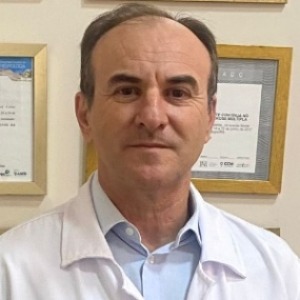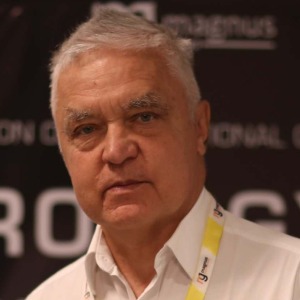Computational anatomy
Computational anatomy is an interdisciplinary field of science that applies computer science and mathematics to the study of anatomy. It merges anatomy with advanced computing methods to investigate the relationship between individual anatomy and the population, as well as its relevance to understanding health and disease. It is an emerging field which is still in its developing stages and requires a convergence of multiple disciplines to pursue it properly. In computational anatomy, molecular, cellular and macroscopic data are integrated to form a spatial continuum that is used to find relationships between different body parts. It mathematically models the human anatomy using the latest imaging modalities and computational techniques, such as surface modelling, finite element analysis and image analysis. It further facilitates the integration of data from various sources such as medical images, biochemical experiments and clinical measurements. The purpose of computational anatomy is to provide insight into anatomical organization and function by collecting data from numerous sources with detailed precision. It has the potential to revolutionize medicine and research by providing predictive insights into surgeries, diagnostics, treatments and even the development of medical devices. The data collected by computational anatomy can be used as a basis for research in areas where traditional methods are limited. For instance, it can be used to assess morphological characteristics of disease, such as tumors, fractures, and deformities. It can also be used to comprehend normal physiology which can, in turn, lead to the development of new treatments or identify risk factors associated with certain diseases. The integration of computational anatomy into clinical practice is increasing rapidly. Its potential applications are vast and are likely to increase as research evolves. From early diagnosis and planning interventions to surgery support and improving health outcomes, computational anatomy is contributing to a better understanding of the human body and its relationship with chronic and life-threatening diseases.

Ken Ware
NeuroPhysics Therapy Institute, Australia
Robert B Slocum
University of Kentucky HealthCare, United States
Yong Xiao Wang
Albany Medical College, United States
W S El Masri
Keele University, United Kingdom
Jaqueline Tuppen
COGS Club, United Kingdom
Milton Cesar Rodrigues Medeiros
Hospital Santa Casa de Arapongas, Brazil




Title : Perception and individuality in patient cases identifying the ongoing evolution of Myalgic Encephalomyelitis/Chronic Fatigue Syndrome (ME/CFS)
Ken Ware, NeuroPhysics Therapy Institute, Australia
Title : Narrative medicine: A communication therapy for the communication disorder of Functional Seizures (FS) [also known as Psychogenic Non-Epileptic Seizures (PNES)]
Robert B Slocum, University of Kentucky HealthCare, United States
Title : Rabies: Challenges in taming the beast
Alan C Jackson, University of Calgary, Canada
Title : Neuro sensorium
Luiz Moutinho, University of Suffolk, United Kingdom
Title : Traumatic Spinal Cord Injuries (tSCI) - Are the radiologically based “advances” in the management of the injured spine evidence-based?
W S El Masri, Keele University, United Kingdom
Title : Personalized and Precision Medicine (PPM), as a unique healthcare model through biodesign-driven biotech and biopharma, translational applications, and neurology-related biomarketing to secure human healthcare and biosafety
Sergey Victorovich Suchkov, N.D. Zelinskii Institute for Organic Chemistry of the Russian Academy of Sciences, Russian Federation